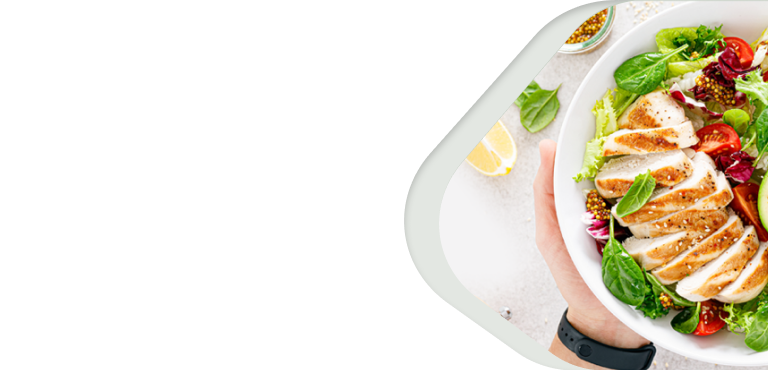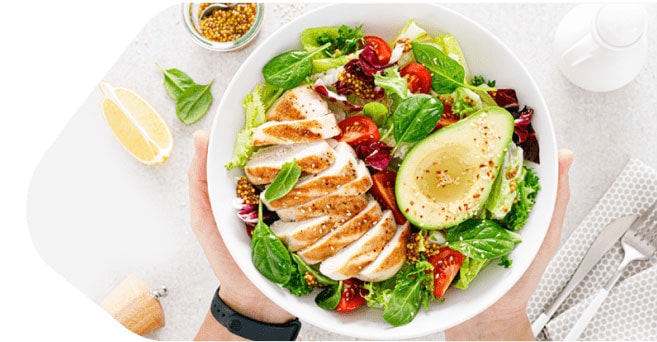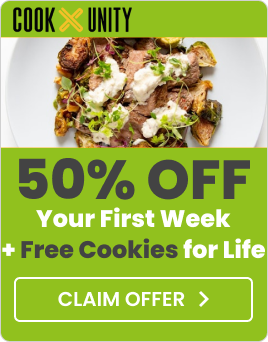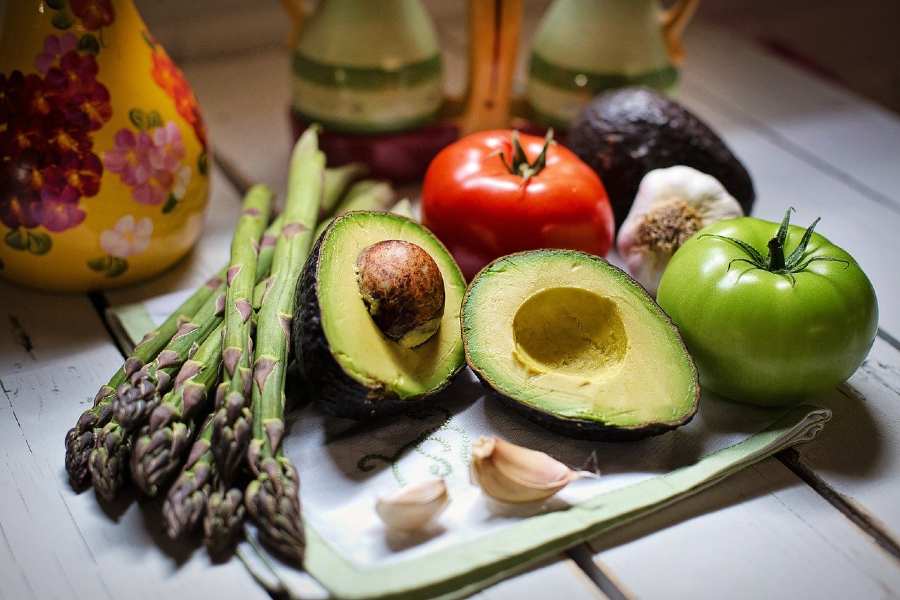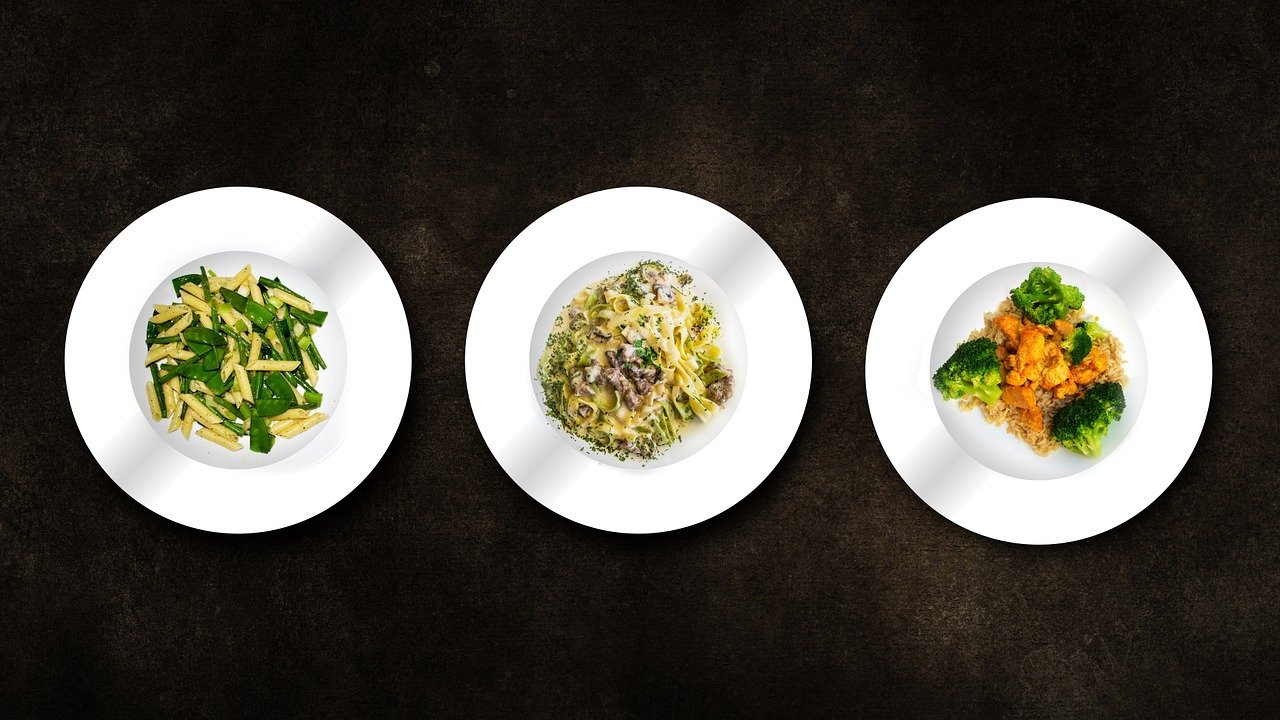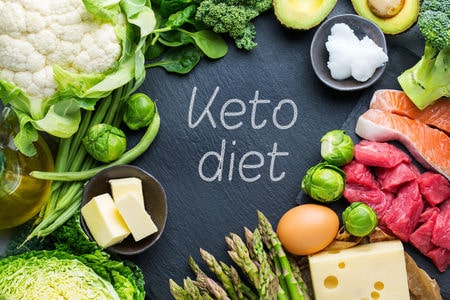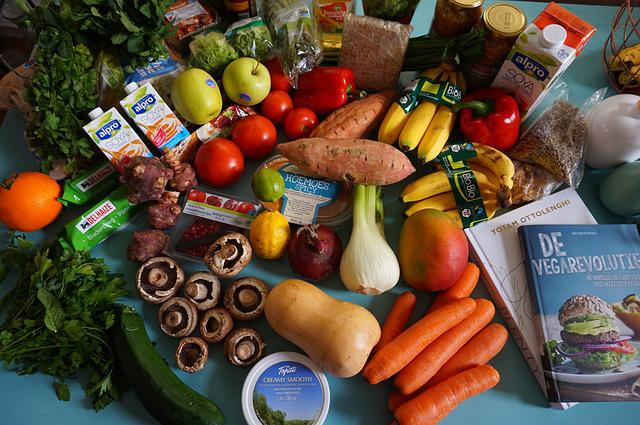How to Start?
Getting started with meal delivery kits is very easy. Registration is quick and straightforward. After selecting your dinner subscription plan and filling in a few pieces of information, you choose your meals, delivery day, and payment method, then sit back and get ready for some easy to make, nutritious meals!
The kind of information you’ll need to fill in is your email address and a password. Your email will be how your meal delivery service will contact you to inform you about when you need to choose your home delivery meal choices for the week, as well as when your meal shipment is on its way, and more.
The best way to ensure that you see meals that you are interested in is to choose the right plan for your tastes. These days, the best food delivery services offer many different plans to choose from for a variety of people and their different diets. Those who are vegetarian, vegan, on low carb diets, and, who are gluten intolerant can all find meal plans to choose from. They also offer many of the newest diets like keto, paleo, and more.
Each week you will be able to choose from a variety of pre-packaged meals, usually around 15-20 new items. They offer an eclectic smorgasbord of different foods, even ethnic meals and gourmet foods. Choose the ones you want for each week and be ready for mouth-watering meals every night of the week!
Dietary Restrictions and Preferences
- Keto– This diet consists of a macronutrient ratio of high fat and protein with very small amounts of carbohydrates. This is meant to force your body into ketosis, where it targets your stored fat cells for fuel, burning them off. You will be eating a lot of meat, cheeses, fatty fish, nuts, leafy greens and very few starchy foods and ingredients like potatoes, pasta, and bread.
- Whole30– This diet consists of eating whole foods that are “clean” meaning free from any added sugars or preservatives. This is meant to keep inflammation down for people who suffer from inflammatory diseases. You can expect to eat no legumes, no dairy, no grains, no alcohol, no junk food or baked goods.
- Organic– Organic foods are grown without any pesticides, synthetic fertilizers, and GMO’s. Many of these chemicals are left on animal produce or in the meat of the animals themselves from when animals eat contaminated crops. That is why many people prefer to go organic due to the rising link between these chemicals and many of the diseases we deal with today, such as cancer.
- Gluten Free– For those who are gluten intolerant, going gluten free is a no brainer but it can be hard to adjust to and cater for. Gluten is in more foods than you think. Gluten free diets will cut out most wheat products such as breads, pastas, barley, and couscous. Many other foods like various soups, gravies, salad dressings, condiments, cereals, and more can contain gluten and you need to read the labels carefully or look for the GF (Gluten Free) label.
- Paleo– The paleo diet is based off of the diet we think our ancient ancestors ate as they grazed on the land around them and hunted for animals. This diet includes nuts, berries, all meat, and all veggies. In this diet you avoid processed foods, dairy, grains, additives, and legumes.
- Vegan– A vegan diet cuts out any animal product from your diet. This means not only will you not eat meat, but you also won’t eat anything coming from the animal itself, such as milk, eggs, cheese, and seafood.
- Vegetarian– A vegetarian diet does not allow for the eating of the flesh of an animal but can include the products harvested from the animal without causing harm to the animal itself. Depending on what type of vegetarian you are this will probably include dairy and eggs.
